Tinker Crate is a subscription box that inspires kids to learn about science, engineering, and technology, all while having lots of fun. Each month, the box explores a field of study within a STEM (Science, Technology, Engineering, and Math) discipline. Kids practice their problem-solving skills and learn how to engage in both structured and open-ended exploration and investigation. Most boxes walk the tinkerers through the construction of fairly complex mechanical devices.
This month’s theme is WATER FOUNTAIN!
Everything arrives together in a single Tinker Crate – the supplies, a fold-out instruction sheet, and the Tinker Zine.
DEAL: Use this link to save 30% on your first box of Tinker Crate! (or Kiwi Crate and the KiwiCo family subscriptions Koala Crate and Doodle Crate).
The main project is always a great hands-on activity and a great demonstration of the scientific principles featured in the box, but the Tinker Zine is full of well-written, historically and scientifically accurate background and explanatory materials. This where the lessons really take shape!
The instructions and other project info are printed on a faux blueprint fold-out sheet.
One side of the sheet has pointers for using your newly-constructed device, plus an inventory of all the supplies provided in the Crate.
The other side contains highly-detailed illustrated instructions with lots of explanatory blurbs, close-ups of technical areas, and arrows to show where parts are to be placed.
They give you enough information at every step that you never have to guess what to do next. If their testing has found issues with any part of the design, they always include a reminder, workaround, or retrofit to address the problem.
They include checkpoints to verify that assembly is going properly, plus, there is help available if needed!
There are so many helpful blurbs and arrows that it is like having a coach for your build!
The Tinker Zine does a great job of explaining the technology and introducing it in a way that is interesting for kids.
The Zine’s articles are very in depth, and they use accurate scientific terminology to describe the explored phenomena, yet it’s really well suited to the target age. The pedagogical approach is great for a variety of learners – historical examples are used to illustrate the scientific principles in action, and there is always a balance of text, pictures, diagrams, and hands-on activities. This edition had some really great articles detailing the transport and use of water by early civilizations.
This edition had awesome features about Ancient Iranian air-conditioning and Roman plumbing.
The “Try This” section has extension activities, like making a giant bubble wand! For most of these, you need to contribute some items from home.
Most Tinker topics include a mix of historical and scientific information. Many modern machines operate using the same mechanics as their ancient counterparts, so the approach is really helpful for appealing to all kids, whether they gravitate toward the technical, historical, or cultural aspects of the information.
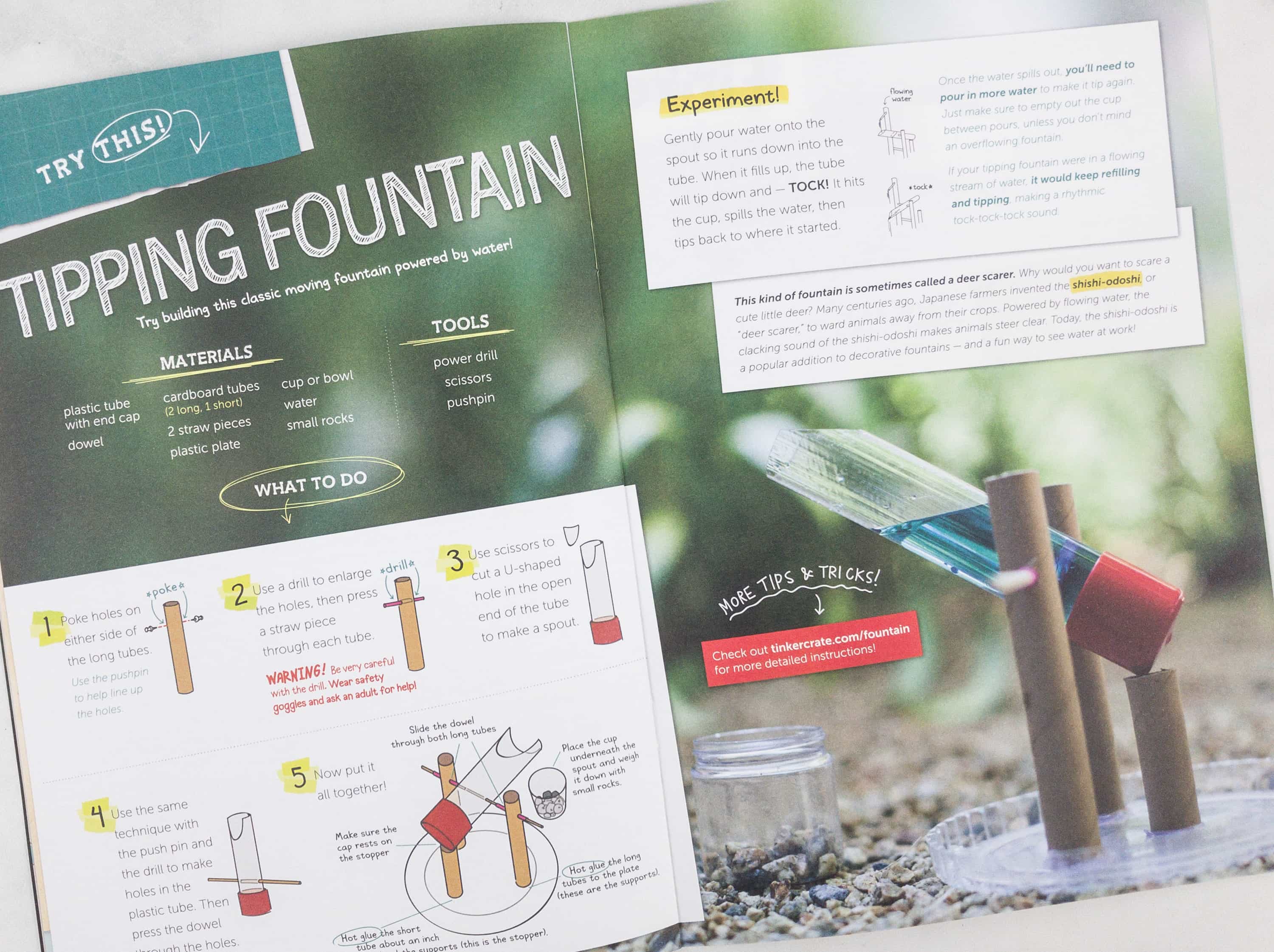 The boxes work in a surprising amount of culture into the builds. This side project has its origins in Feudal Japan.
The boxes work in a surprising amount of culture into the builds. This side project has its origins in Feudal Japan.
Our kids always read the Tinker Zine completely before tackling the project. The combination of age-appropriate support materials and a cool hands-on project really makes for engaged learners! They do a great job of keeping it light and fun, too! This project had broad appeal — it was all hands on deck!
The kit includes all the materials needed to construct your own water fountain.
My daughter was totally engrossed in the historical sections of the Tinker Zine, so my older son went to work on building the fountain. The separate blueprint and booklet layout of the box means you can start with either the text or the project (or take turns with multiple kids).
The constructed fountain looked really complicated, but the mechanics were actually very simple. The tube out of the top is a siphon for carrying water from the upper reservoir to power the wheel. The tube on the right is only used for priming the main syphon tube. The tube on the left is a syphon for draining the catch basin.
My son’s favorite part of the project was the little person that “operated” the water wheel. As the wheel spun, the figure would appear to crank the wheel, lurching back and forth.
The kit was surprisingly low-mess, once we got our priming and reloading routine down. The toughest part was priming the main syphon tube — the syringe provided held just enough water to prime the long tube — just a milliliter or two short, and a bubble would remain in the tube, interrupting the syphon effect.
The kids had a blast, and the mess level was very low — we just had a towel on hand for dribbles. My son is a little below the recommended age range for the box, but he was able to do all the construction, with just a little help on some of the tighter fittings. My kids really got into the science on this one, and it was fun to talk through the characteristics of a syphon and how it’s behavior changes based on the relative height of the ends of the column of water. The science and level of explication is at a perfect level for my academic-oriented almost 9 year-old.
Tinker Crate is always a good time. It has a great balance of learning, building, and playing – you never build a static model, and there is always some tinkering, experimentation, or other use of the project once it is built. Tinker Crate’s projects and supporting materials make complex scientific and engineering principles easy for kids to understand and see in action. It is a superb activity for evenings, weekends, and school vacations, as it’s always fun and keeps kids mentally engaged and using their brains.
Have you tried Tinker Crate yet with your kids?
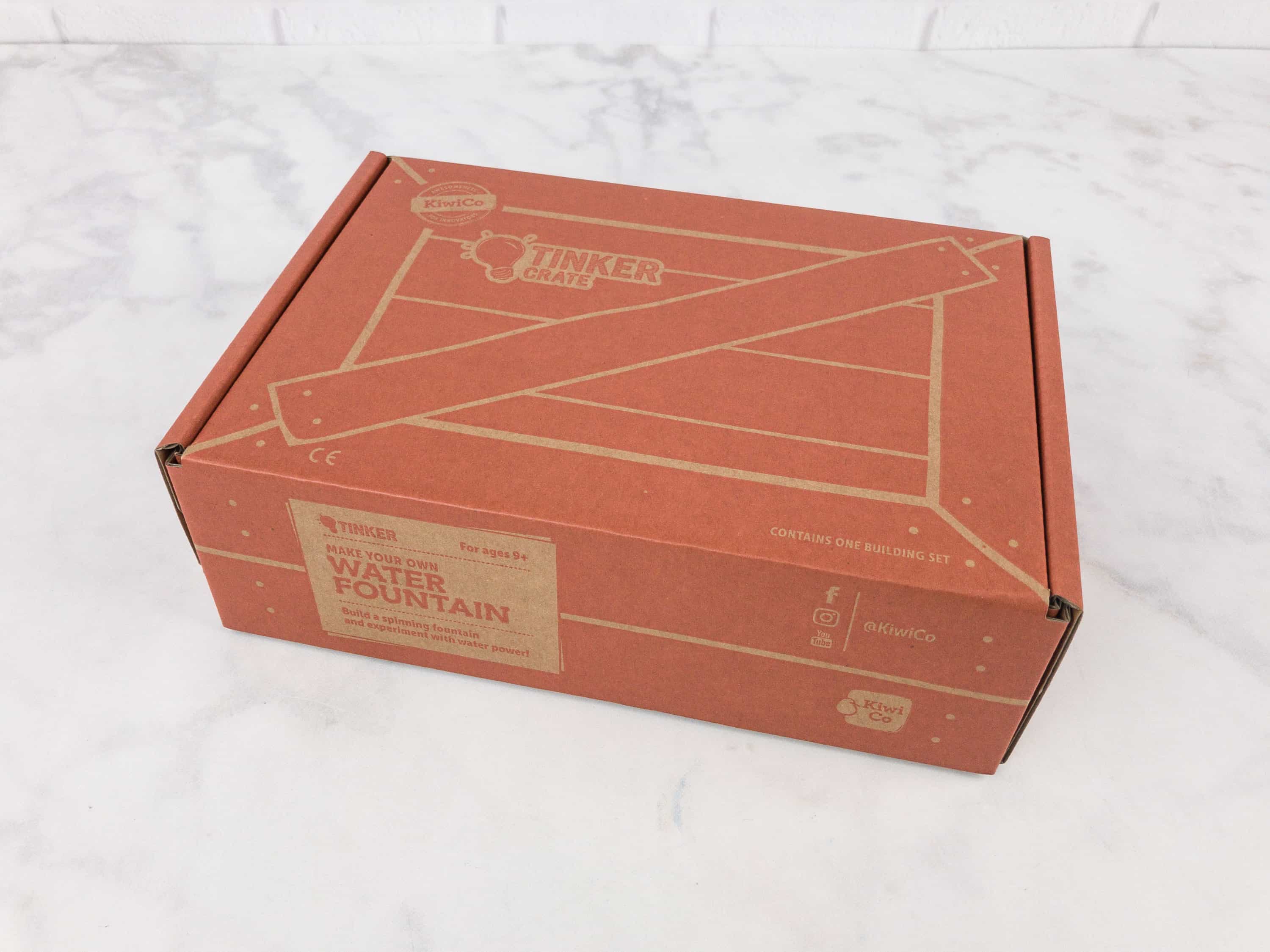
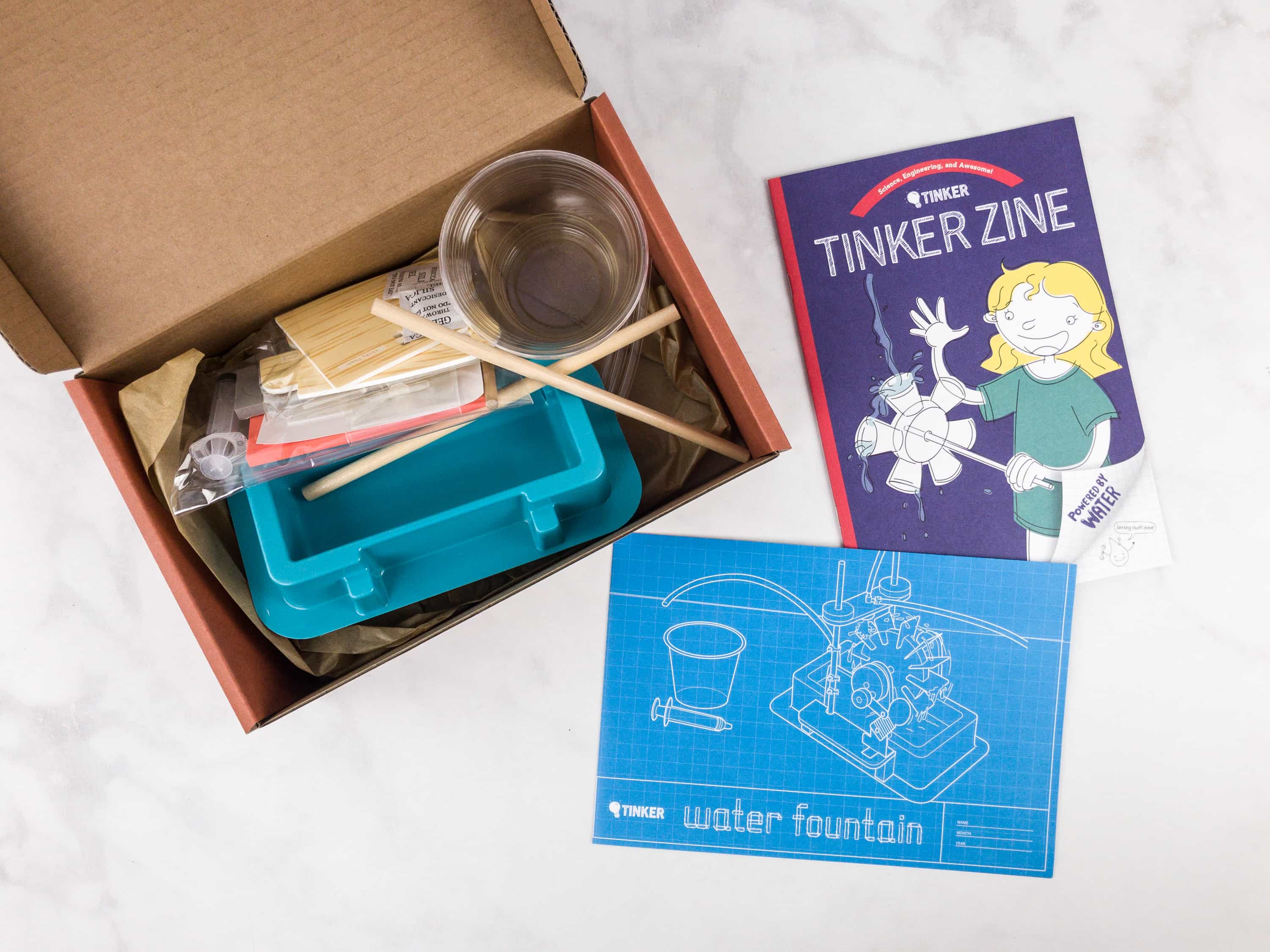
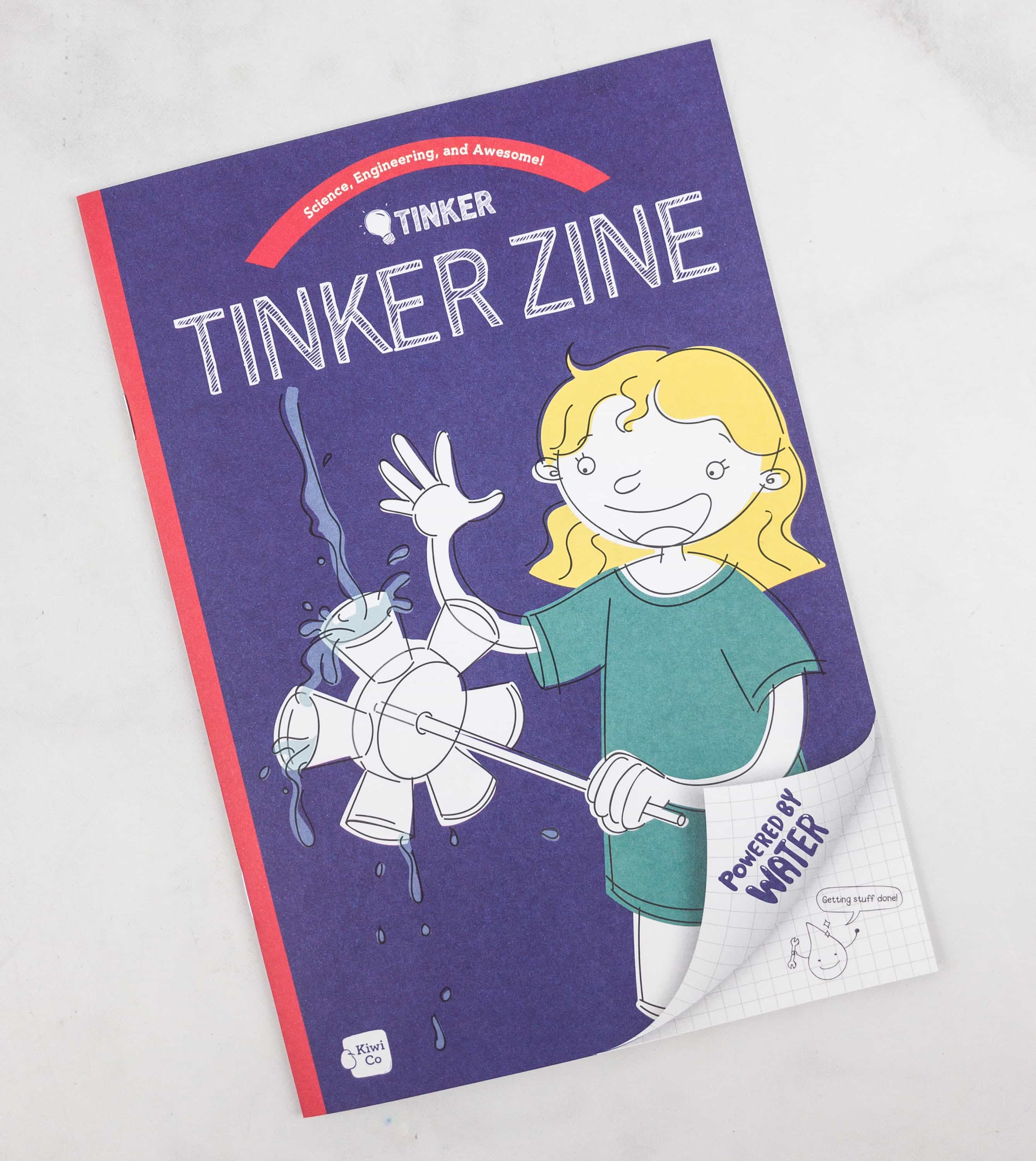

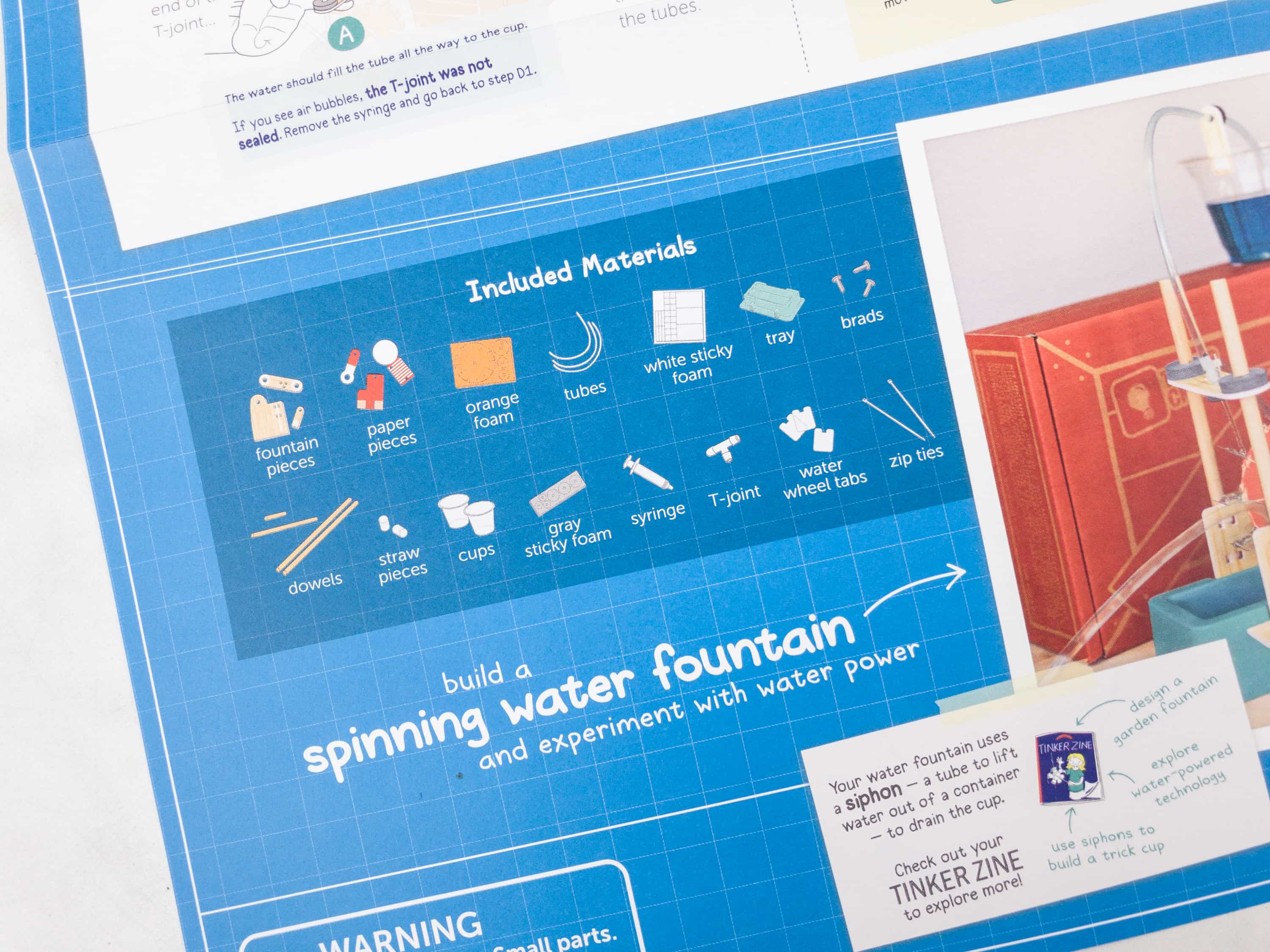
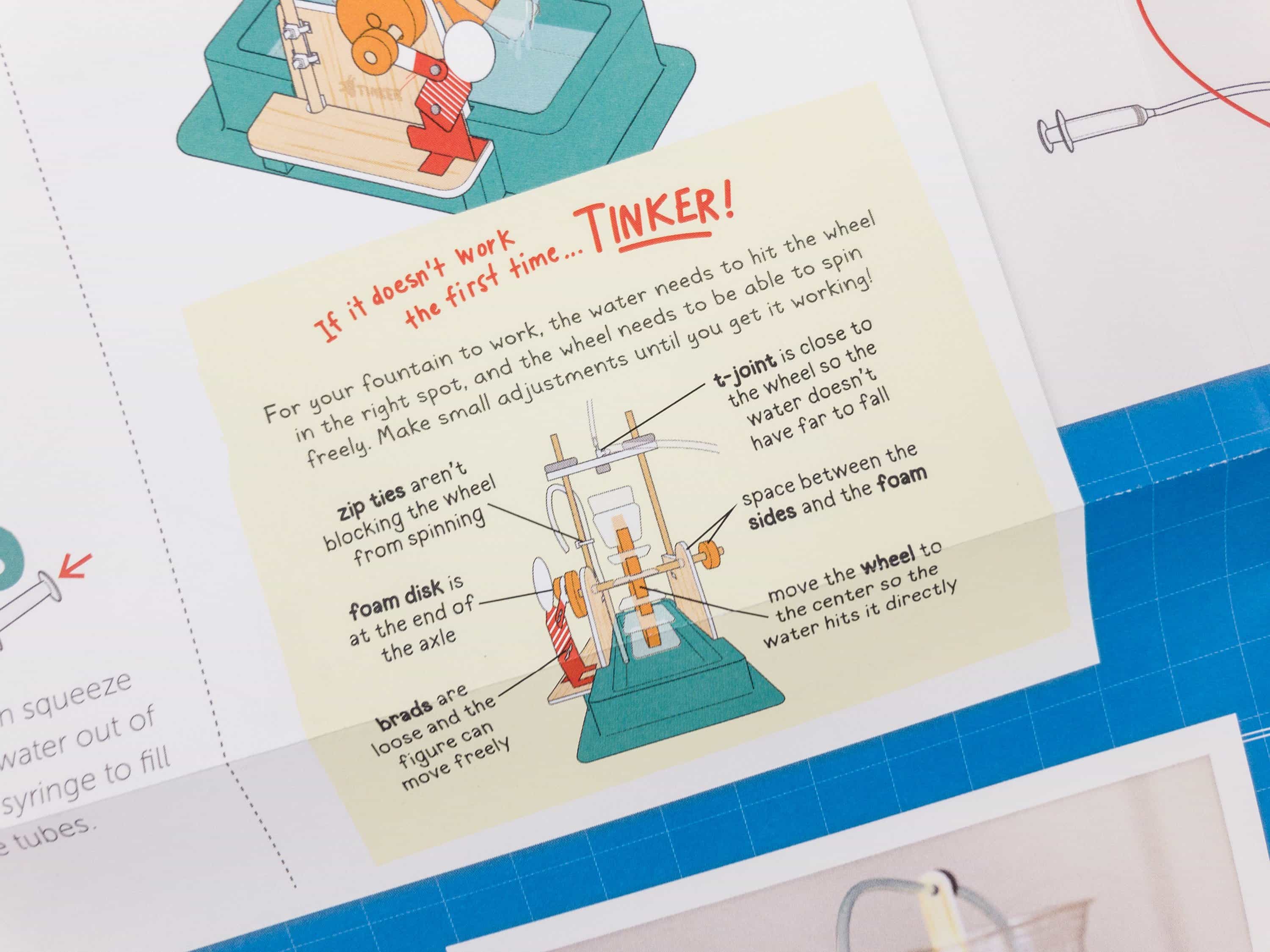
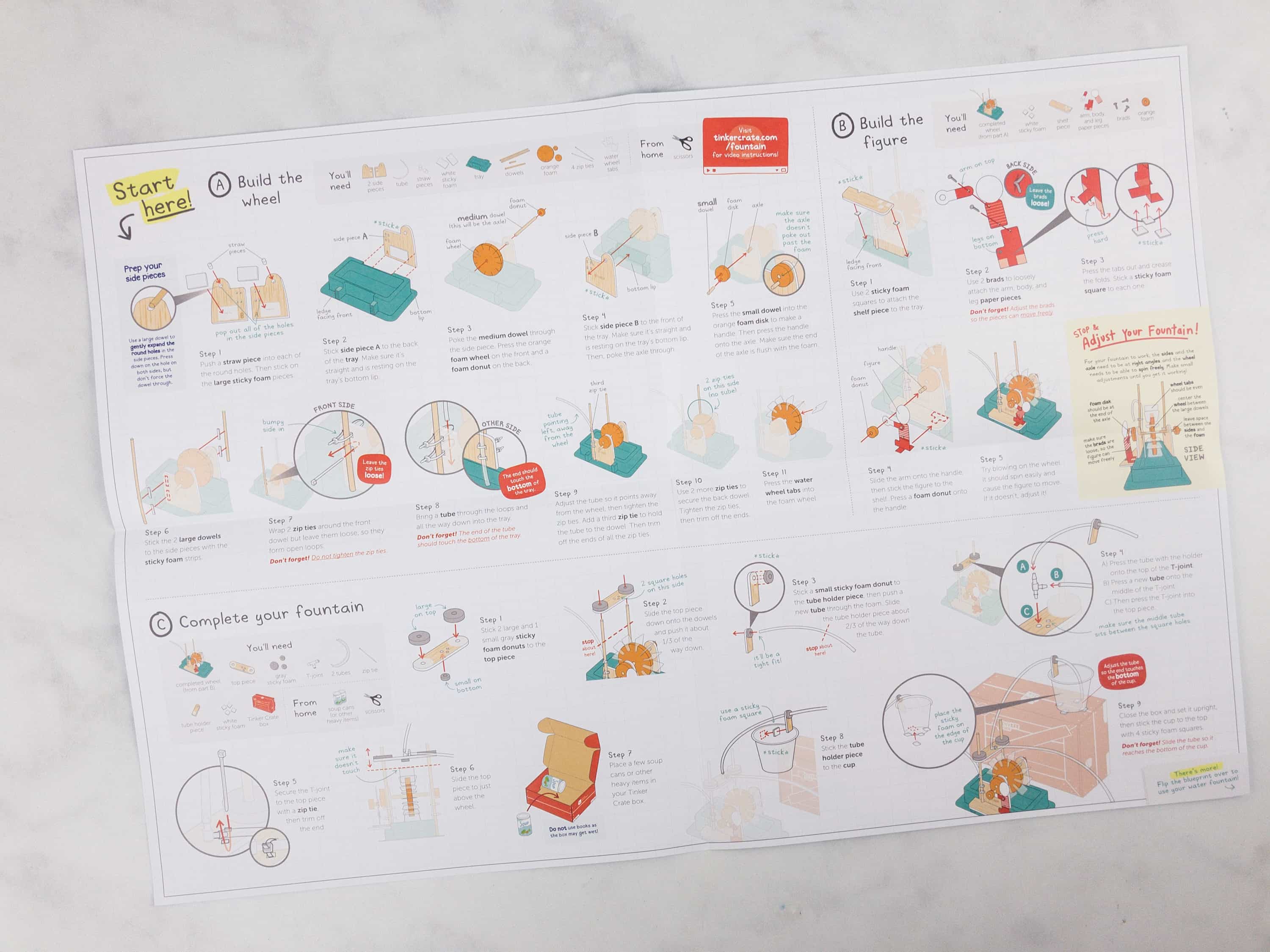

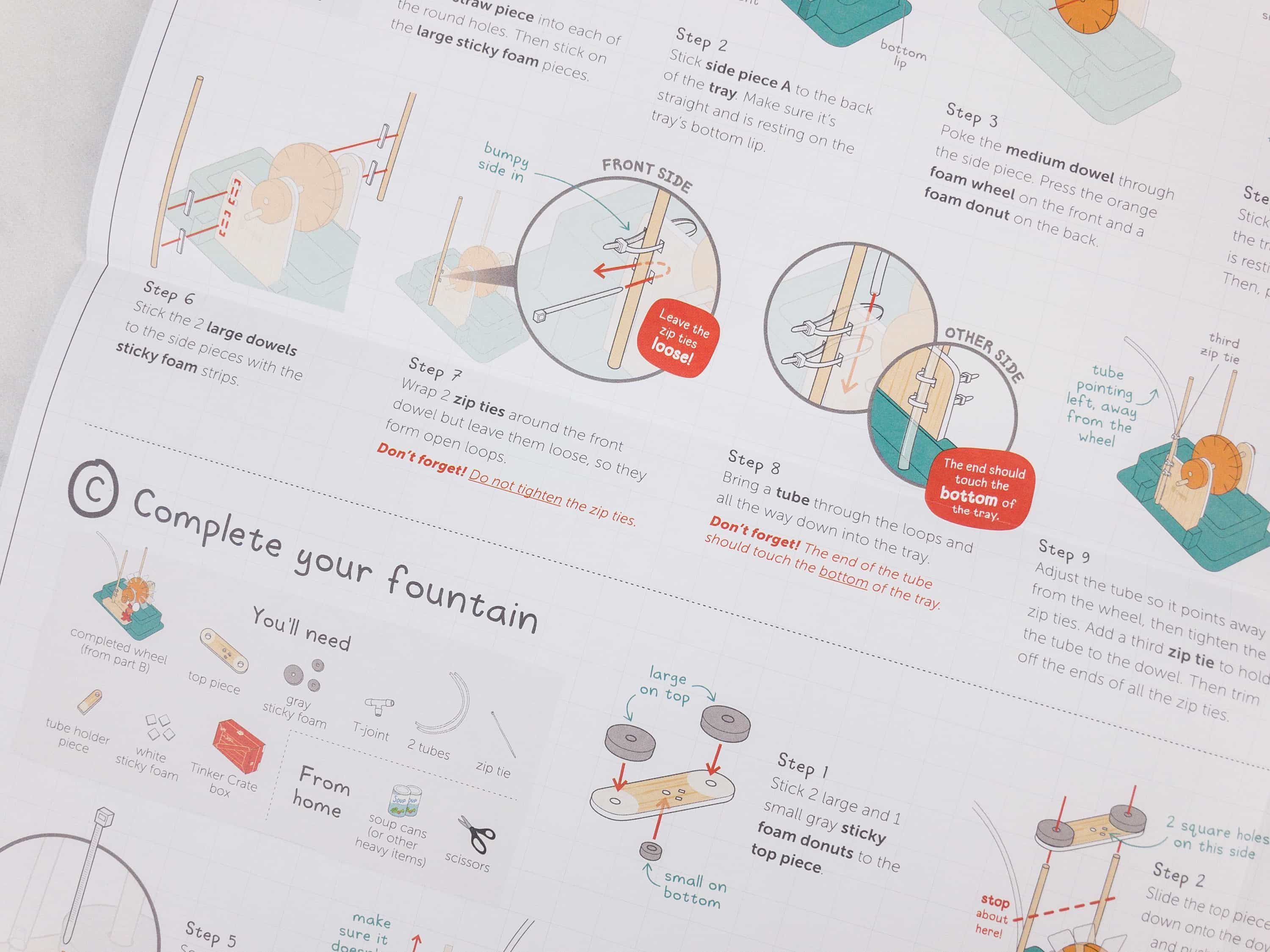
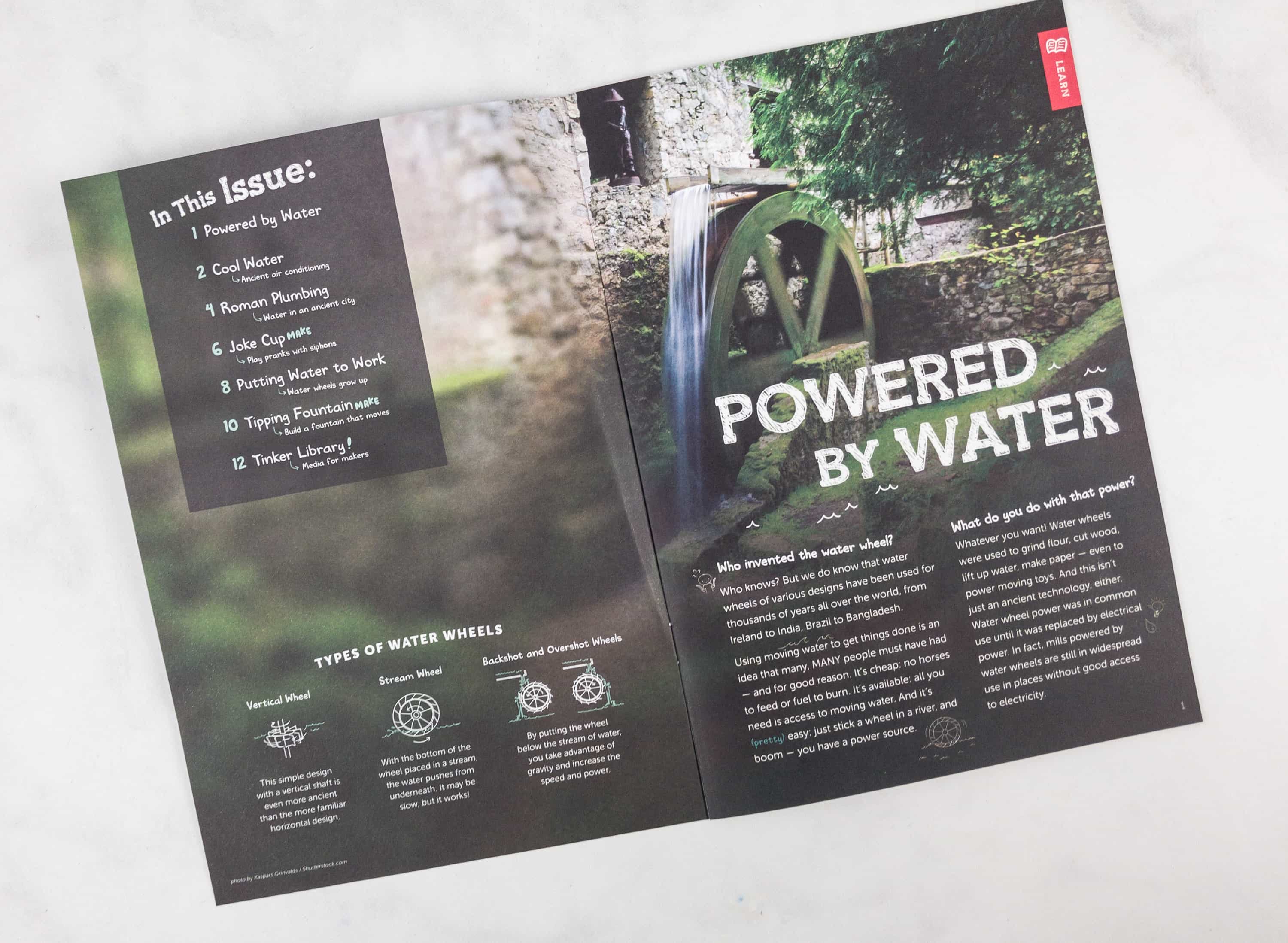
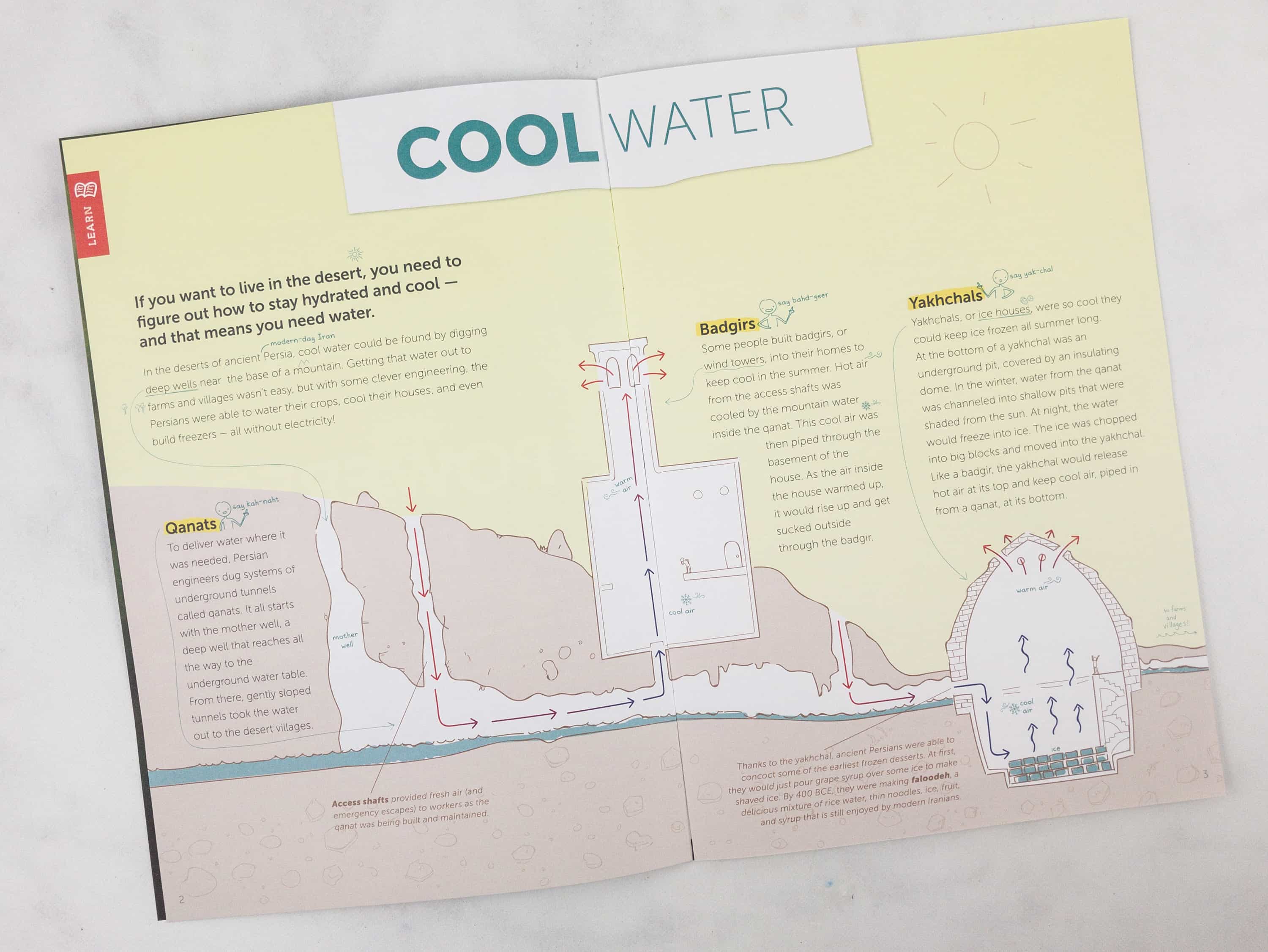
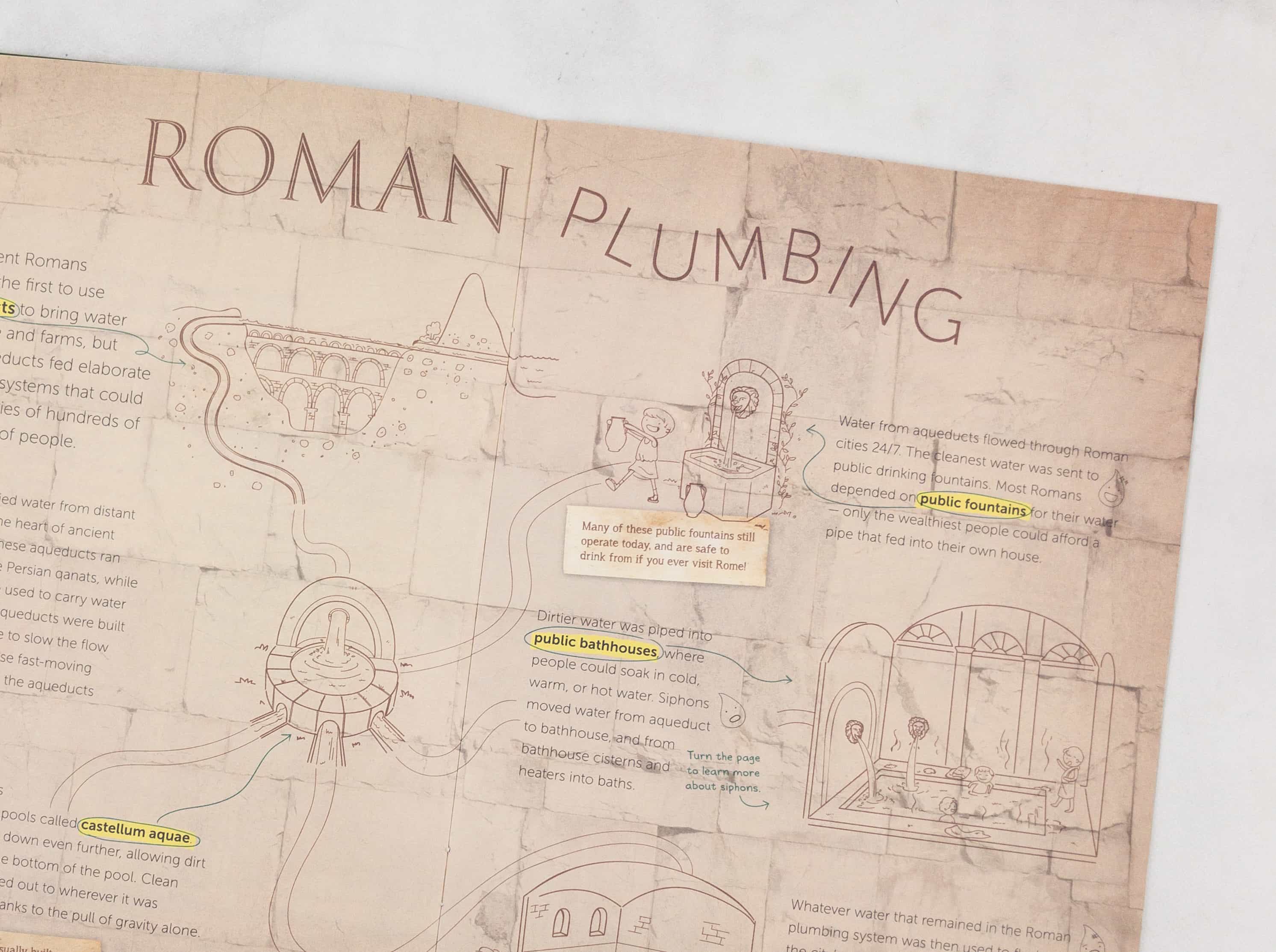
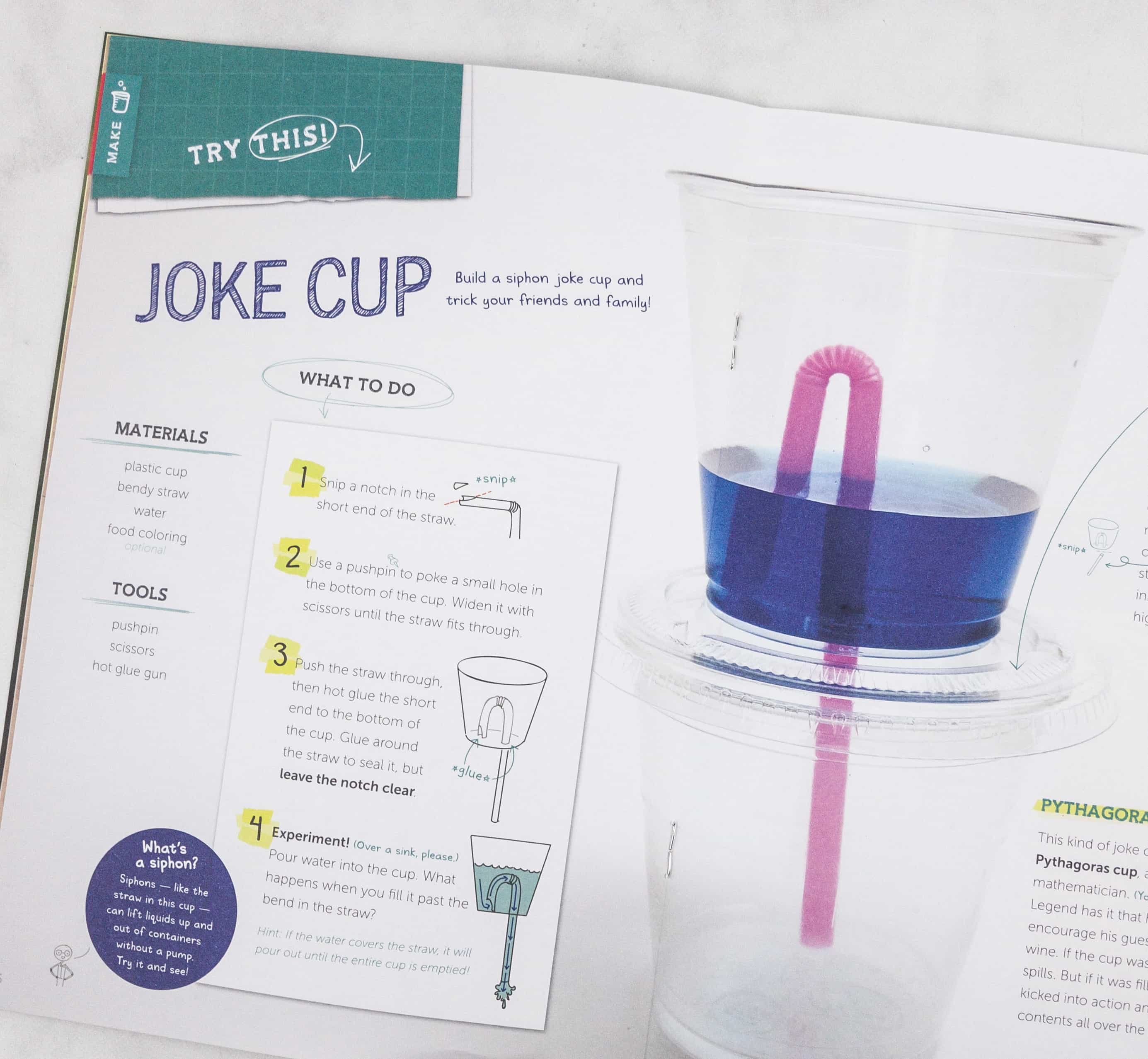
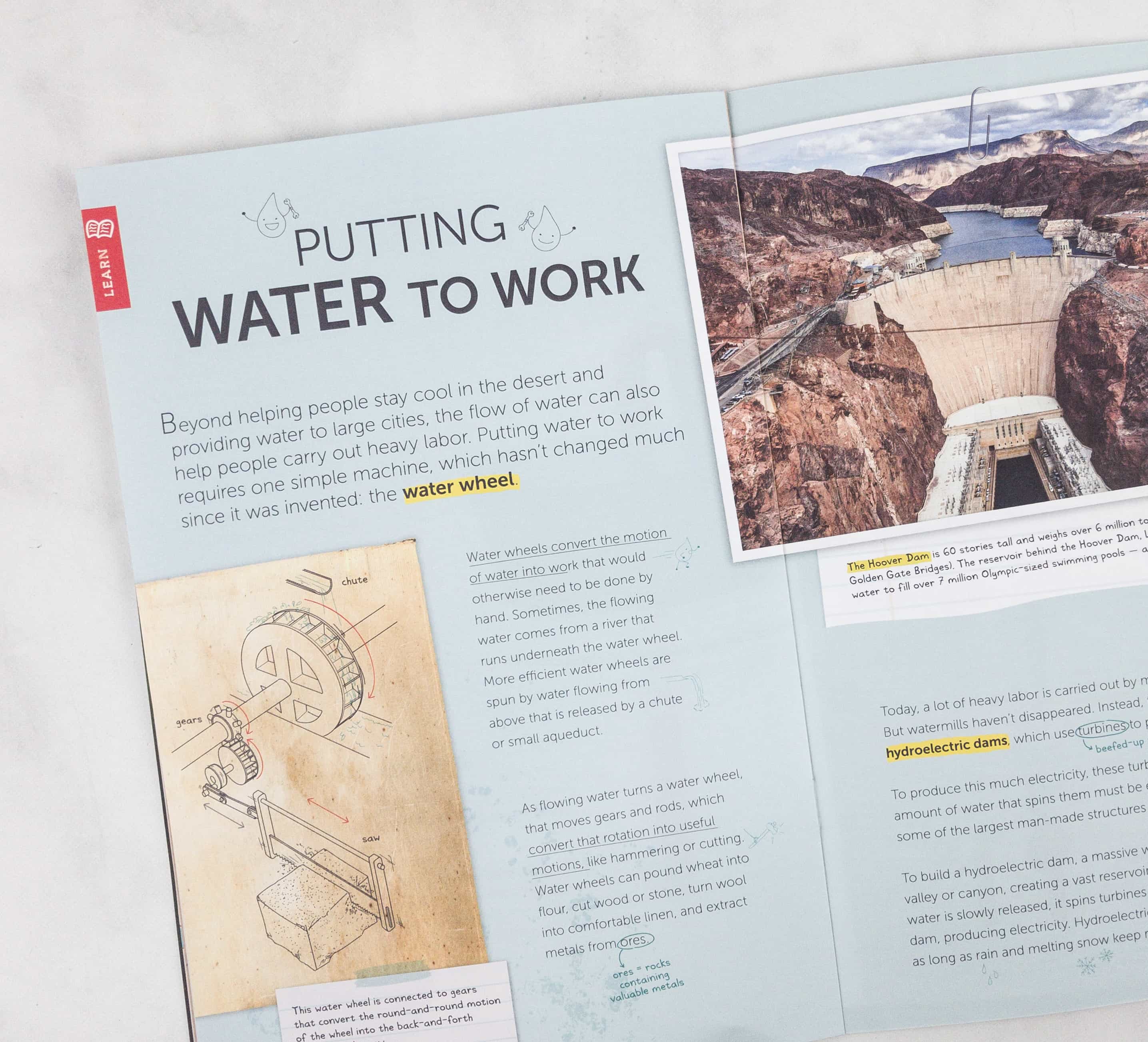
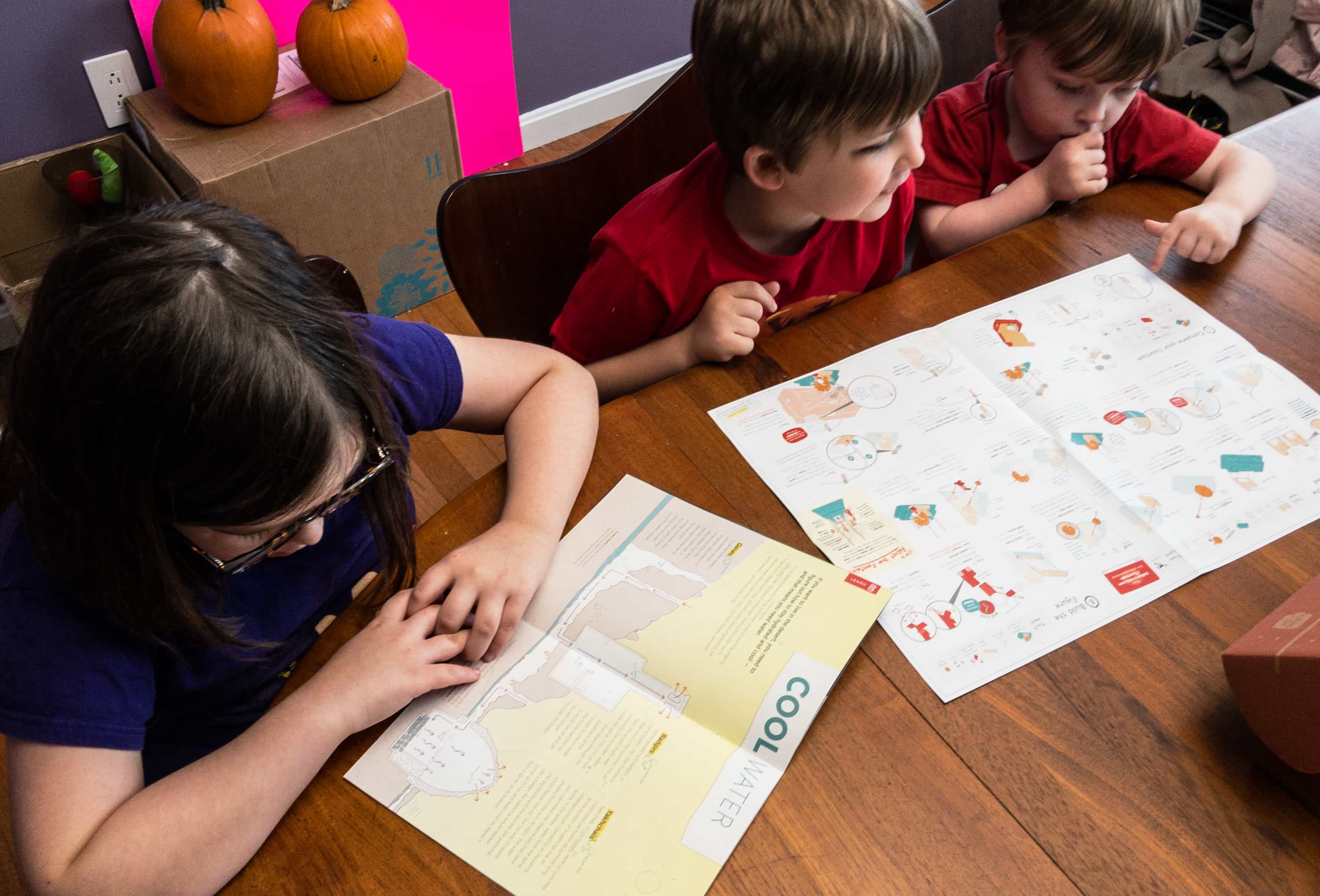


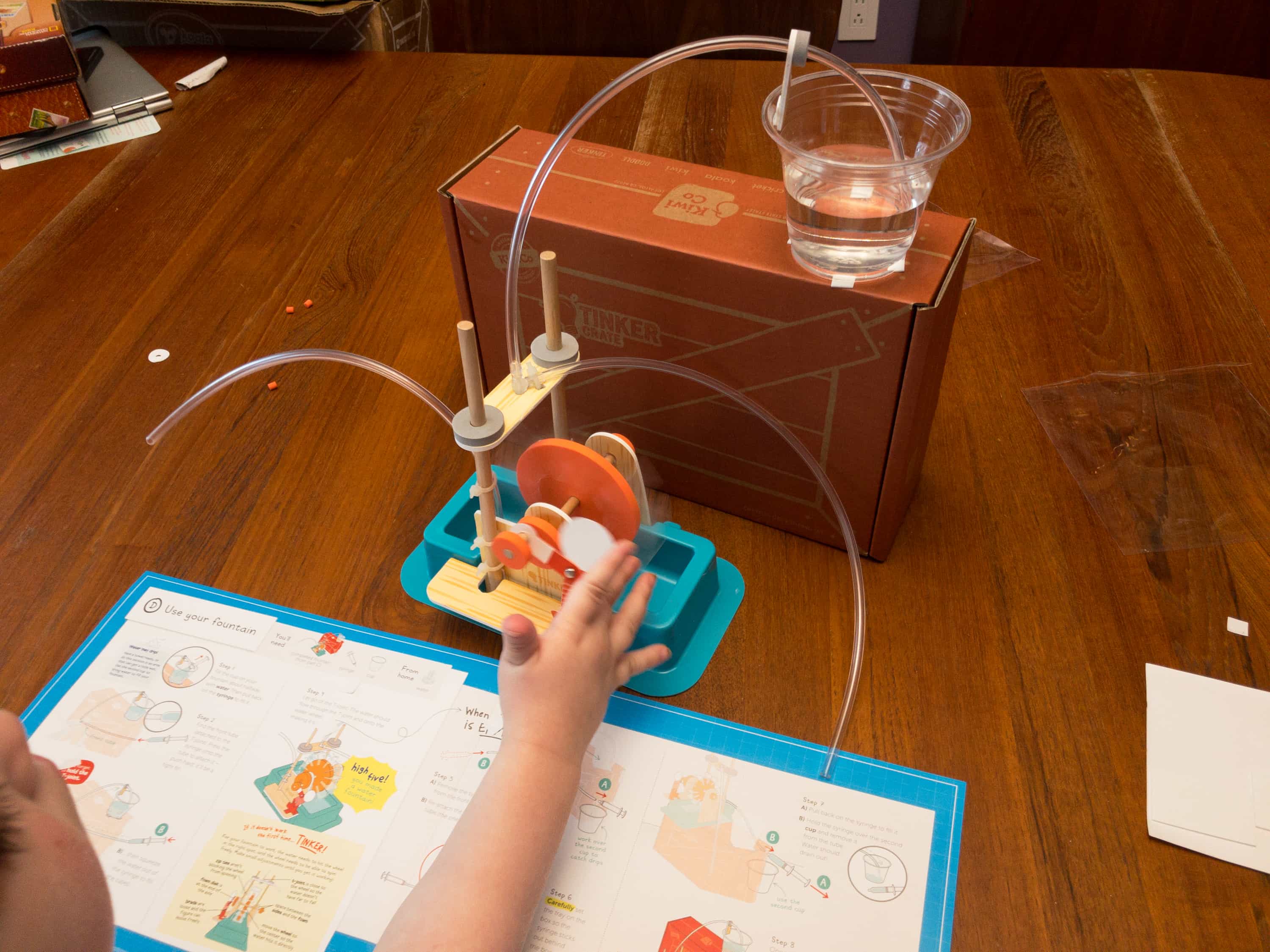
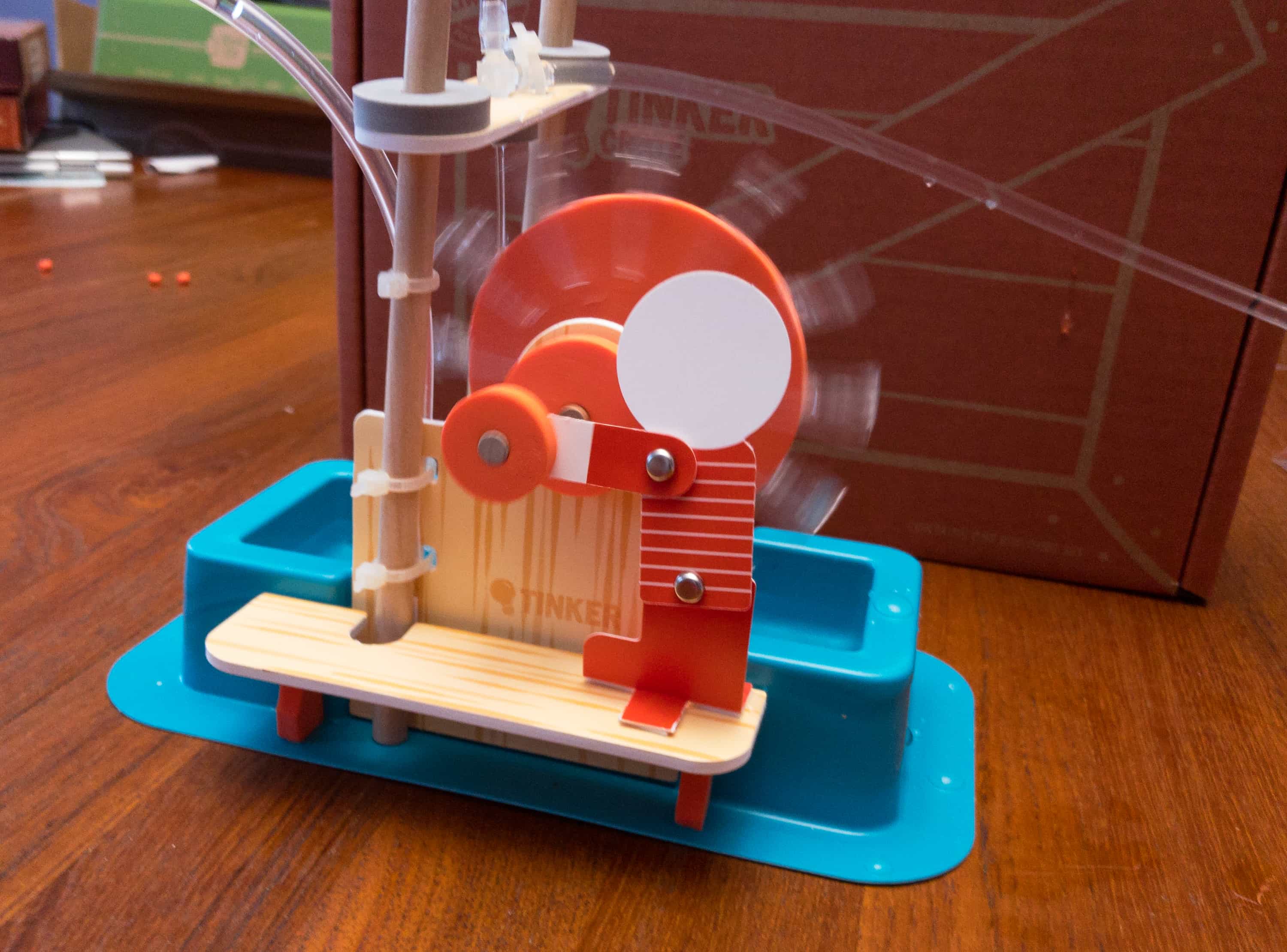
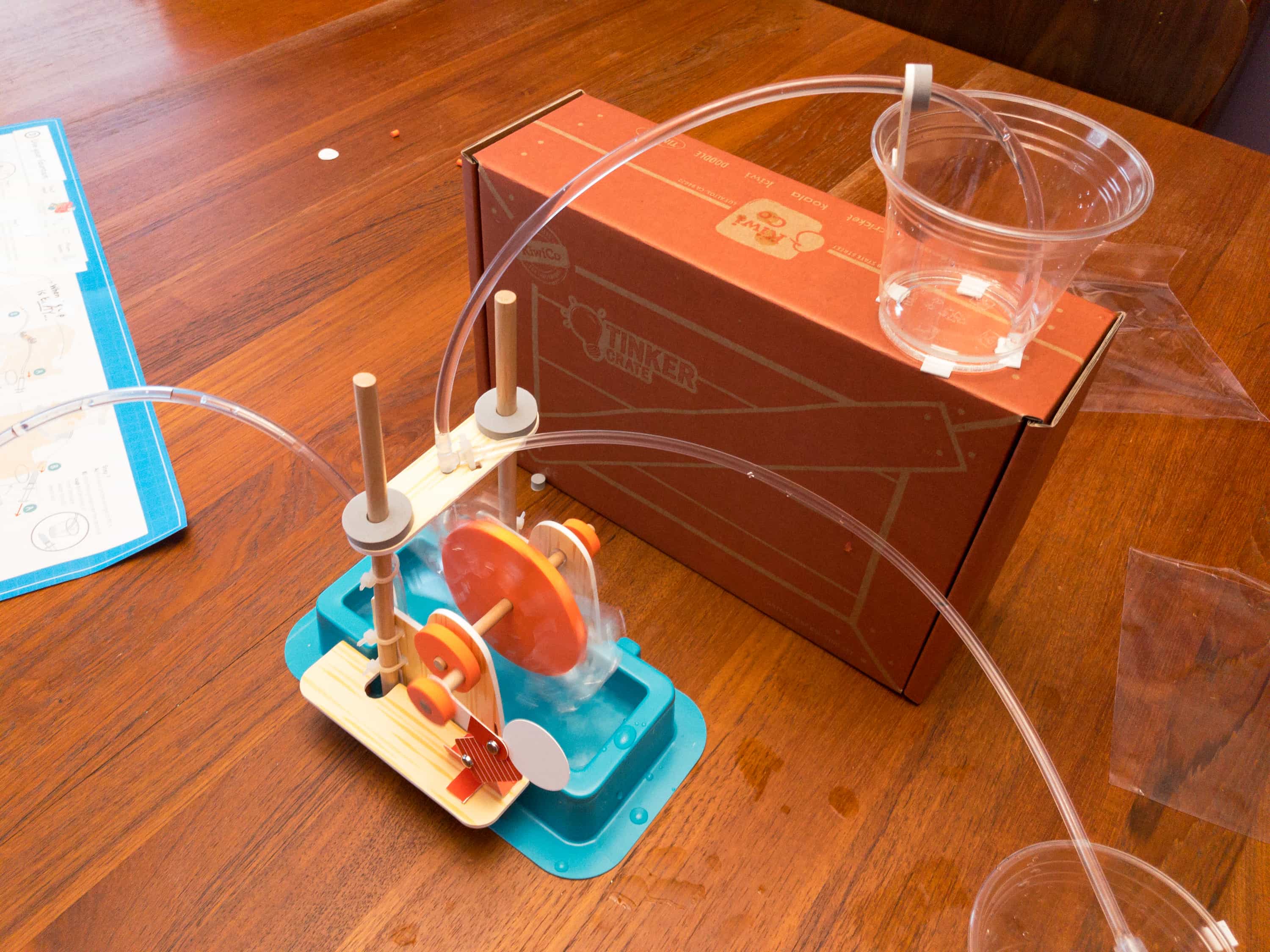





Comments